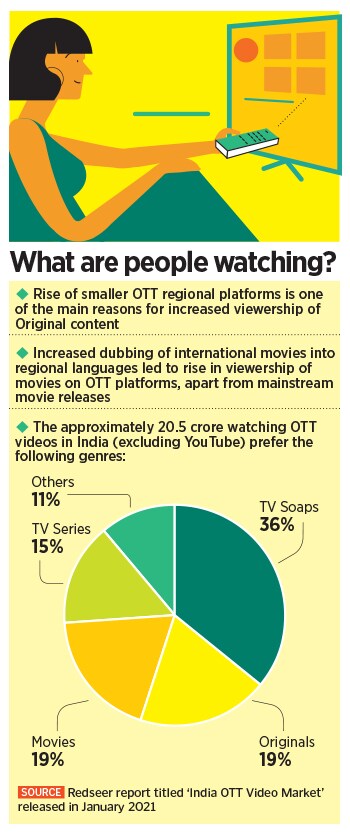On January 15, a nondescript Malayalam film made on a shoestring budget of Rs 2 crore caught the eye of the nation. It was around the time actor Kamal Haasan’s political party Makaal Needhi Maiam in Tamil Nadu sparked controversy with a manifesto pledge ahead of the upcoming state elections, promising monthly wages to housewives in recognition of their domestic labour. Economists pointed out that this might not only be difficult to implement, but it might also, more dangerously, reinforce gender stereotypes and deter women from seeking employment outside the home.
“We have over 80 titles on the platform right now and are adding more original TV series and films in the months to come. Unlike larger, multi-language OTT players, our business strategy has been to let content bring us recognition. We don’t want to worry about the commercialisation aspect or entertainment value of films right now while considering titles on the platform in order to compete with larger, national players,” he adds.
The Covid-19 pandemic has not only changed our cinema-viewing experience, but has also made the place of OTT in our lives more prominent. Data trends second that: According to the Global Entertainment & Media Outlook 2020-2024 published by PwC last October, OTT registered a compound annual growth rate (CAGR) of 28.5 percent, the highest across all entertainment categories in the country, which would make it the sixth-largest OTT market in the world by 2024. OTT in India specifically benefited from the “degrowth of cinemas, as some film studios choose to fast-track new releases to home video platforms”, the report states.
![charles george_neestream_dsc02266-bg charles george_neestream_dsc02266-bg]() Charles George, regional head-Kerala, Neestream, says that their strategy is to focus on content over commercial viability or entertainment value
Charles George, regional head-Kerala, Neestream, says that their strategy is to focus on content over commercial viability or entertainment value
Image: Richard Antony
The proliferation has also changed the traditional equation between the many moving parts of the cinema network—producers, exhibitors, distributors and streaming services. Experts say that as major production houses and mainstream filmmakers, particularly from the three dominant (Hindi, Tamil and Telugu) film industries, flocked towards major OTT platforms in the wake of the pandemic, the competition increased and the commercial stakes became higher.
Industry experts state that even with the presence of 40-odd OTT services in India, there is room for more, particularly regional languages. According to a December 2020 report by the Boston Consulting Group (BCG) along with the Confederation of Indian Industry (CII), subscription video-on-demand services registered 55-60 percent growth in India in 2020, compared to 2019. Of this, Tier-2,3 and 4 cities and towns added 1.5 times the number of new subscribers in the wake of the pandemic, compared to metros.
![vishnu mohta_dsc6612-bg vishnu mohta_dsc6612-bg]() Vishnu Mohta, co-founder, Hoichoi, wants to aggregate all the different kinds of content that the Bengali language has to offer, under his platform
Vishnu Mohta, co-founder, Hoichoi, wants to aggregate all the different kinds of content that the Bengali language has to offer, under his platform
“Tier-2 and beyond is a land of opportunities,” says Vishnu Mohta, co-founder of Bengali OTT platform Hoichoi. According to him, the majority of the users in these non-metro markets consume internet content in their local/native languages. “A single language-focussed platform allows you to aggregate different kinds of content that language has to offer. For a large number of Indians consuming internet content in one language, this helps them get every entertainment option under one platform, rather than having to subscribe to multiple sites.”
Hoichoi has made 75 original shows and has a collection of over 650 movie titles from the last six-odd decades of Bengali cinema. “We want to be the default platform for Bengali content,” says Mohta, who offers two annual subscription plans, priced at Rs 599 for one screen and Rs 899 for two. Hoichoi has a subscriber base of almost 13 million people, both directly on the site and through syndication in partner platforms. The OTT service got the digital rights to stream more than 10 Bengali movies that had shortlived or limited theatrical releases due to the Covid-19 lockdowns.
Eyes set on Tier-2 and Beyond
A number of these single-language OTT platforms are launched by legacy regional production houses, most of them driven by the insight akin Mohta’s—that Indians beyond metros consume digital content in their local languages, and that those regional languages have sufficient number of users for single-language OTT ventures to not only build a loyal subscriber base, but also scale. Being backed by an established entity also allows for sufficient marketing spends to dedicate towards the OTT platforms, and provides them with access and bandwidth to create and acquire content, including big-ticket and mainstream films.
Hoichoi, for example, is owned by SVF Entertainment, which Mohta says is the largest production company in East India. “We are in our 25th year, have made 160 movies, 10,000 hours of TV content, and have other businesses like music integration, our own cinema halls, and IP syndication where we acquire satellite rights and internet rights of movies and shows. Hoichoi, which we launched in 2017, is one-sixth the size of SVF,” he says.
Aha, the Telugu streaming platform, is launched by another legacy production house Geetha Arts, which is owned by Allu Aravind, a veteran producer in the Telugu film industry. With more than 5 million app downloads on the Google Play Store since its launch in March 2020, Aha is endorsed by popular Telugu actor and Aravind’s son, Allu Arjun, another reason for its popularity boost among the eight-odd crore Telugu-speaking people in the country. It has received a rating of 4.5 from over 214,000 people on the Play Store in the last 10-odd months since its launch.
Due to the legacy roots, these single-language OTT platforms have also managed to lure a few big-ticket films for digital premieres on their platforms. For example, Aha, recently snagged the rights to exclusively stream the big-budget Telugu film Krack, starring Ravi Teja and Shruti Haasan. The film had a theatrical release on January 9 and was available on Aha from February 5. The OTT platform also has Telugu-dubbed versions of popular mainstream films, including the Tamil anthology Sillu Karupatti, Malayalam film Trance starring Fahadh Faasil and Nazriya Nazim, and Jallikattu, the Malayalam film that was selected by the Film Federation of India as the official entry for Oscars 2021.
![akshay bardapurkar_planet marathi_5484-bg akshay bardapurkar_planet marathi_5484-bg]() Akshay Bardapurkar is gearing up to launch 15 new web series and over 200 films on Planet Marathi in May
Akshay Bardapurkar is gearing up to launch 15 new web series and over 200 films on Planet Marathi in May
It is leveraging these networks and deep-rooted presence in the Marathi film industry for many years that producer Akshay Bardapurkar is gearing up for an official launch of Planet Marathi on May 13 with a collection of 15 new web series and a library of over 200 Marathi films, both old and new. “Planet Marathi was initially launched in 2017 as a platform to aggregate entertainment content on Twitter, followed by Facebook and Instagram, before getting into production. We already have an audience of close to 5 lakh people, and with the OTT platform, plan to target more than 2 crore Marathi-speaking population,” he says.
Planet Marathi is being launched with an initial investment of Rs 50 crore, though the valuation of the content on the platform is close to Rs 150 crore, Bardapurkar claims. Getting into collaborations with his network of established actors and technicians in the industry has also helped him reduce costs, he explains.
“Normally, producing a good Marathi film will cost Rs 3-4 crore. But we have managed to fit the costs to less than Rs 1 crore each. We have spoken to and are working with actors and filmmakers including Amruta Khanvilkar, Sai Tamhankar, Neha Pendse, and filmmakers Prasad Oak, Sanjay Jadhav and Abhijit Panse,” he explains. “Everyone is excited to collaborate because it is time to corprotise the Marathi film industry which, despite stellar talent, has never been branded or marketed the same way as films in the Hindi or other dominant South film industries. We want to make Marathi films and TV series travel beyond metros and across geographies. And a dedicated platform for Marathi content will help us achieve that.”
What’s the Endgame?
For the younger, lesser-known filmmakers, particularly ones from smaller film industries, turning to smaller, single-language streaming services got them greater support and attention that was not overshadowed by bigger digital releases, while getting them closer to their target audiences beyond metros catered to by some of the larger OTT platforms. Some of these single-language platforms also aim to strengthen the might of their respective industries and make them more mainstream.
![pallav parikh_e1953-bg pallav parikh_e1953-bg]() Pallav Parikh, co-founder, CityShor.TV, wants to help scale up and popularise the Gujarati film industry through his OTT platform
Pallav Parikh, co-founder, CityShor.TV, wants to help scale up and popularise the Gujarati film industry through his OTT platform
Pallav Parikh, co-founder of Gujarati OTT streaming platform CityShor.TV, says that only 40 percent of Gujarati-speaking population in the country accesses digital streaming platforms. “We are part of CityShor, an eight-year-old lifestyle media company that has been promoting Gujarati films, only to realise that the industry is not making movies or shows in the scale that mainstream OTT platforms require,” he says. “And it does not make sense for bigger players like, say, an Amazon Prime Video, to enter this space because the Gujarat market does not even have sufficient quantity of content for a big player with money to pump in. Which is why our focus is on building this industry by creating more original Gujarati content and helping audiences get used to consuming movies and shows on streaming platforms.”
![ott platform_2 ott platform_2]()
Parikh is attracting audiences to the platform by striking partnerships with cinemas to screen their content. Right now, he explains, the yearly subscription model is priced at Rs 300 and monthly at Rs 50. Releasing OTT shows in a cinema will attract people who are reluctant to watch them on mobile apps. “Right now, user behaviour here is that they will not buy an OTT subscription for Rs 50 a month, but will happily pay Rs 150 for a movie ticket. Once they buy a ticket, they also get a membership to the platform.”
CityShor.TV, which launched in November 2020, is also in talks with close to 25 films to premiere them on the platform on a pay-per-view basis. “We get over 1 million monthly views on the platform, and we currently release at least one new movie or show every month,” Parikh says, adding that his immediate agenda is to reach a target audience base of at least 2.2 crore Gujarati-speaking people.
Many of these platforms, including Hoichoi and Neestream, have ambitions of expanding to other regional languages in future, but are currently ramping up the range and frequency of their offerings. George of Neestream, for example, outlines that the company wants to launch “separate regional OTT platforms” in Tamil, Telugu and Kannada. But they will need to shore up the back-end before they take the plunge. During the release of The Great Indian Kitchen, however, users reported various glitches while signing up and viewing content on the platform. “We never anticipated the kind of response from viewers for The Great Indian Kitchen, and since we are in the initial development phase, we didn’t have the bandwidth to handle more traffic and logins initially. There were minor issues, but they all have been resolved,” says George.
But to what extent are these platforms competition or a threat to the larger, multi-language OTT platforms? According to filmmaker Baby, “Films are bound to get a grander reception on Netflix, Prime or Zee5 because they already have a wide base of audiences. On the other hand, single-language platforms are building their audiences on the back of films like The Great Indian Kitchen. They are even offering reasonable subscriptions and pay-per-view, which is helping them sign up new users. Content is king, and the success of my film proves that. There is certainly a scope for these platforms, which are supporting good films, to thrive too.”

 Single-language OTT sites, like CityShor.TV in Gujarati, Neestream in Malayalam, Hoichoi in Bengali and Planet Marathi in Marathi, are streaming movies and shows for people
Single-language OTT sites, like CityShor.TV in Gujarati, Neestream in Malayalam, Hoichoi in Bengali and Planet Marathi in Marathi, are streaming movies and shows for people
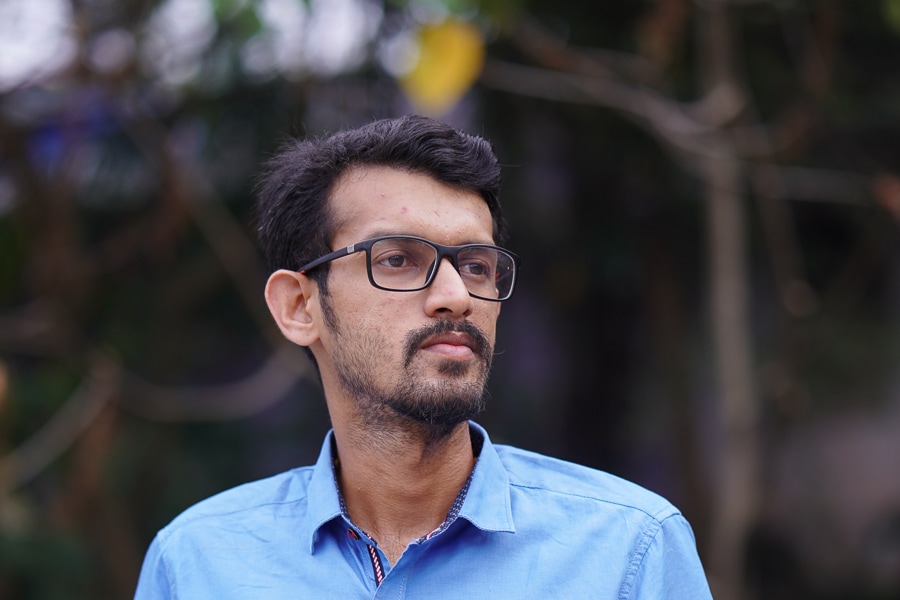 Charles George, regional head-Kerala, Neestream, says that their strategy is to focus on content over commercial viability or entertainment value
Charles George, regional head-Kerala, Neestream, says that their strategy is to focus on content over commercial viability or entertainment value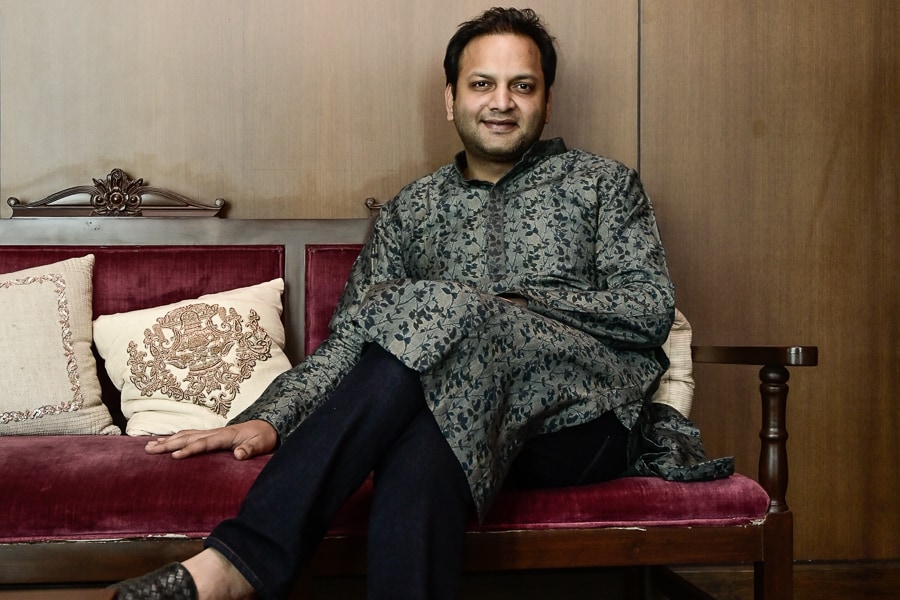 Vishnu Mohta, co-founder, Hoichoi, wants to aggregate all the different kinds of content that the Bengali language has to offer, under his platform
Vishnu Mohta, co-founder, Hoichoi, wants to aggregate all the different kinds of content that the Bengali language has to offer, under his platform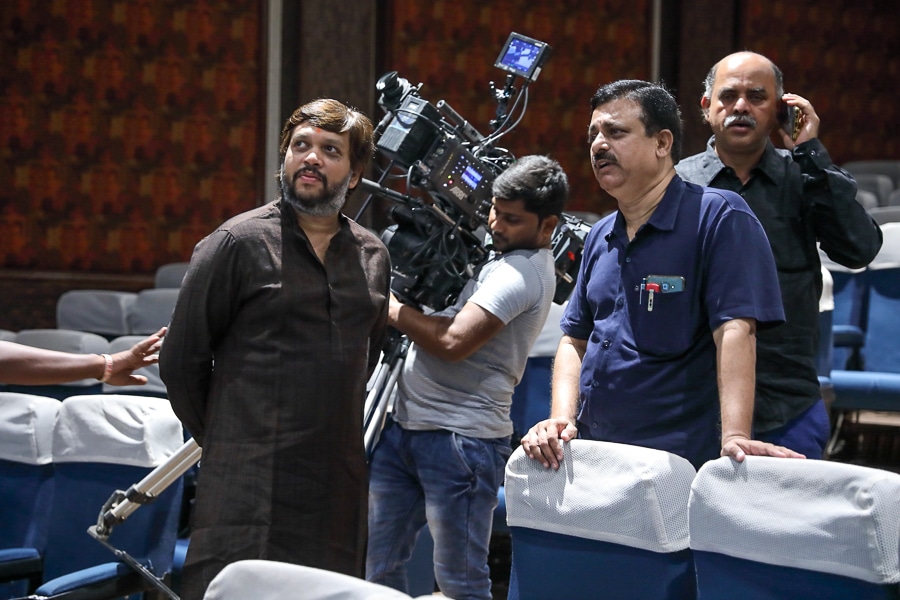 Akshay Bardapurkar is gearing up to launch 15 new web series and over 200 films on Planet Marathi in May
Akshay Bardapurkar is gearing up to launch 15 new web series and over 200 films on Planet Marathi in May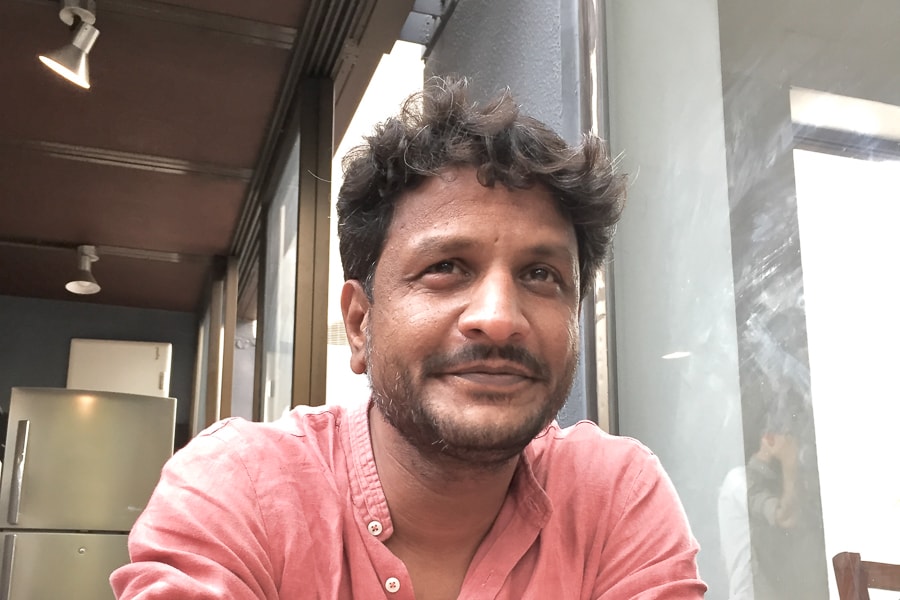 Pallav Parikh, co-founder, CityShor.TV, wants to help scale up and popularise the Gujarati film industry through his OTT platform
Pallav Parikh, co-founder, CityShor.TV, wants to help scale up and popularise the Gujarati film industry through his OTT platform